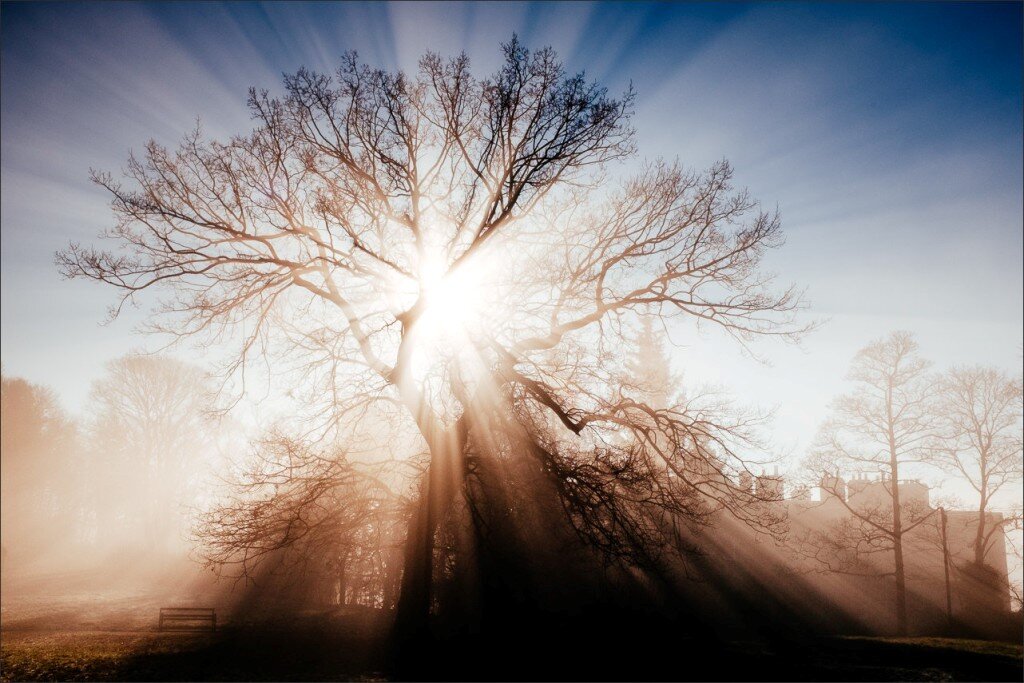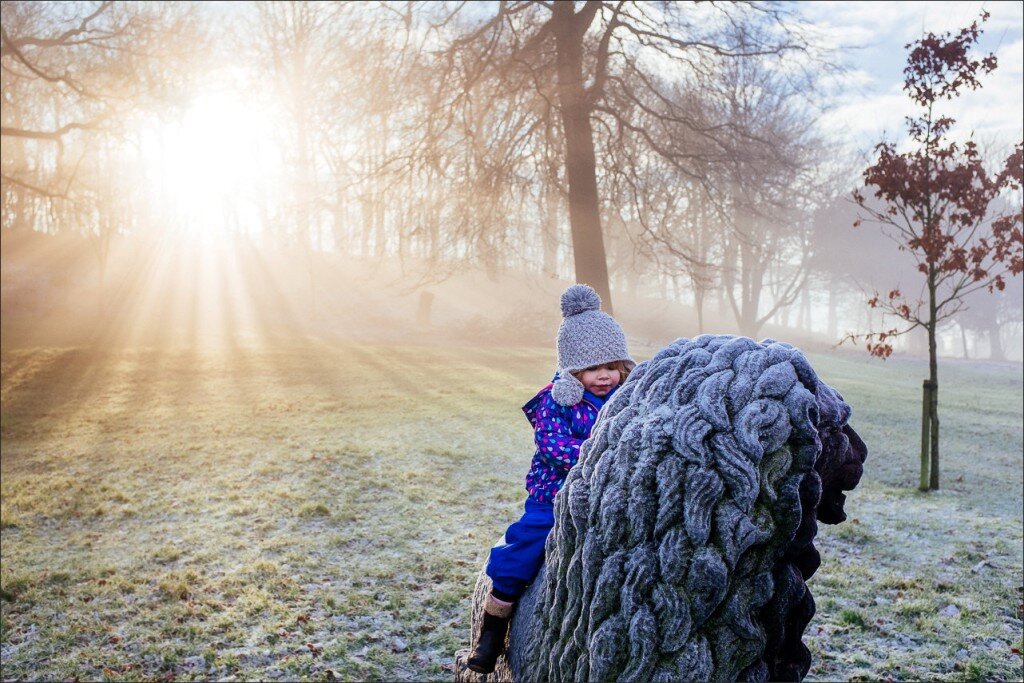Shooting into the Sun with the X100T
One of things that I love about the FujiX cameras and the XTrans sensor is the natural way in which they seem able to handle tricky lighting conditions. You know the ones – those conditions that look great through the viewfinder, but have a habit of disappointing when you get around to looking at the files in Lightroom.
Whilst my previous Canon gear often seemed to disappoint in these circumstances, the FujiX cameras seem to pull through with amazing results. My own view is that this is due to two factors:
The XTrans sensor. Whether it’s due to the unique arrangement of the sensor or just the underlying sensor technology used, the XTrans sensor seems to have an uncanny ability to accurately record tricky light. Shadow performance is great and highlight headroom seems pretty good as well. Auto white balance is normally pretty spot on as well.
Exposure preview in the EVF. Being able to preview exposure through the EVF can make a world of difference. By simply twiddling the exposure compensation dial with the camera up to your eye you can quickly preview the scene and capture a great exposure first time.
The examples below were all taken on a day out at Haigh Hall near Wigan in the UK. It was one of those days that had started off foggy, but became magical as the mist and fog slowly rolled away. I’d only gone along to meet up with a friend, but with the X100T being so small I’d thrown it into my bag anyway.
Light Rays Through the Mist, Haigh Hall
I was glad that I did!
Within a few minutes of arrival the swirling mist began to clear around this old tree, with the sunlight shining magically through. With the sun fully in the frame contrast was just too strong, but by placing the sun behind a large branch the light became manageable. Exposure was adjusted to keep as much detail as I could, with an aperture of F9 to provide enough depth of field across the frame.
Riding the Lion, Haigh Hall
As we walked around the park the kids were enjoying the frosty and crisp conditions. Our youngest daughter Rowan was quick climb up onto this stone lion. With the sun shining through the trees beyond it was a photographic opportunity not to be missed. This time I wanted to blur away the background to concentrate the eye on the foreground, so an aperture of f4 was chosen. This gave me enough leeway to focus quickly without too much accuracy (toddlers don’t stay still for long!), but still give the depth of field effect I was looking for. Even with a balanced exposure the foreground was still pretty dark in this shot, so was lifted slightly in Lightroom with a graduated filter.
Woodland Wonder, Haigh Hall
This final example was taken a little further on through the wood, where the number of trees created a beautiful soft look to the light shining through. In ideal circumstances this would have been shot on a tripod with a graduated filter, but without these at hand it was a case of compromising as best as I could. An exposure of F7.1 gave enough depth of field, and again exposure was biased towards preserving the beautiful highlights of the scene – the EVF being invaluable for getting this balance correct. A darkened foreground was again lifted in Lightroom, using the excellent shadow performance of the XTrans sensor. Below is the unadjusted import for comparison, showing just how malleable the RAW files from the X100T are.
Woodland Wonder - Unadjusted
This sort of flexibility is real boon in tricky conditions, especially when shooting without the benefit of an ND Grad. It’s just one of the reasons why the FujiX cameras make such great travel companions.
I hope you’ve enjoyed this blog. As ever, if you have any questions or queries then feel free to fire off via the comment section below.
Andrew.



